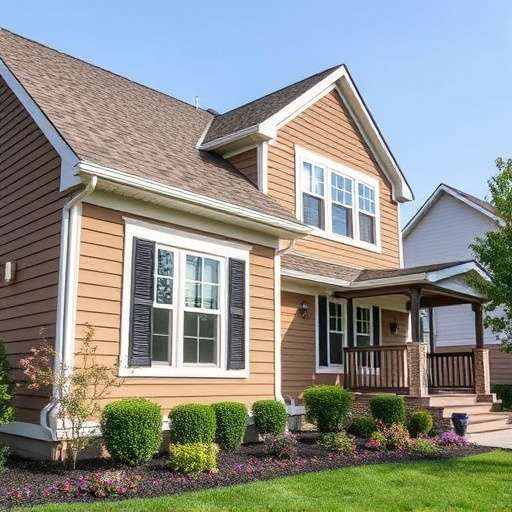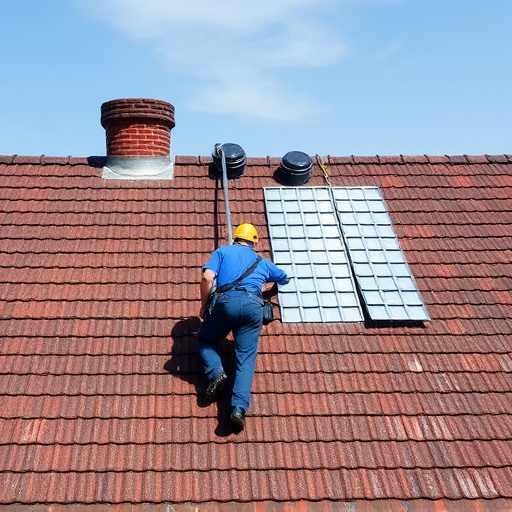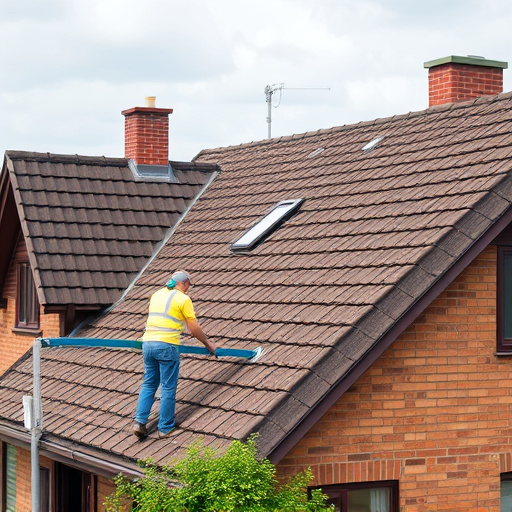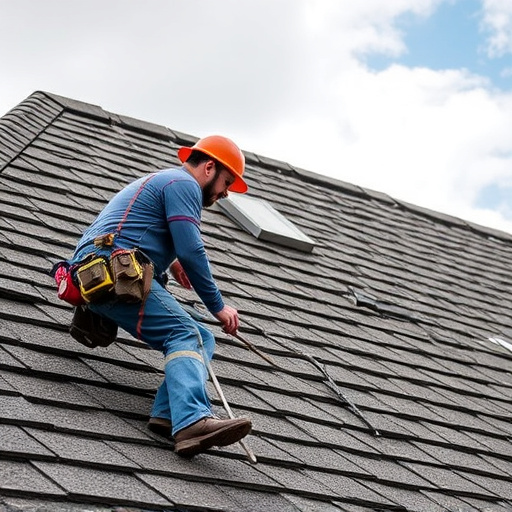TL;DR:
Before starting any roof installation, conduct a thorough assessment of existing structures and conditions (like storm damage or outdated siding), create a detailed plan outlining scope, materials, and timelines, consult professionals, prepare a structured schedule for materials and labor. Adhere to local building codes and obtain necessary permits to ensure safety, structural integrity, and compliance. This meticulous pre-installation preparation leads to faster, more successful outcomes while minimizing delays and unforeseen issues.
Avoiding delays during roof installation projects is key to ensuring timely completion and minimizing costly setbacks. This comprehensive guide provides essential strategies for a seamless roofing project. From pre-installation planning, including assessing roof condition, permitting, and creating buffer timelines, to efficient material management through quality sourcing and storage, we cover it all. Additionally, discover the importance of skilled contractors, clear communication, and project management software in optimizing workflow. Master these techniques for successful, delay-free roof installations.
- Pre-Installation Planning for Seamless Execution
- – Assessing the Roof's Condition and Scope of Work
- – Obtaining Necessary Permits and Understanding Local Regulations
Pre-Installation Planning for Seamless Execution
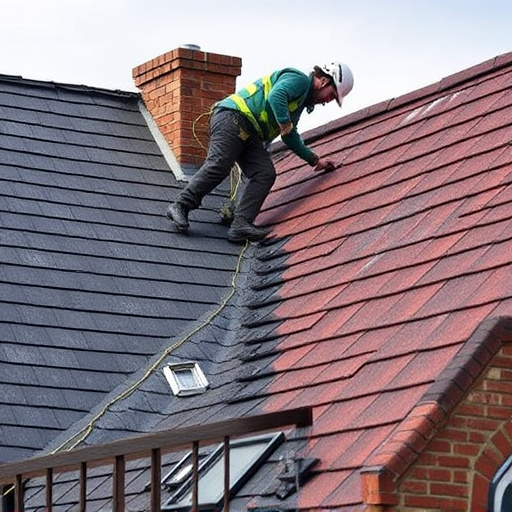
Before starting any roof installation project, meticulous planning is key to ensuring a smooth and efficient process. This involves several crucial steps that set the foundation for seamless execution. First, assess the existing structure and identify potential issues like storm damage repair needs or outdated residential siding. Addressing these beforehand saves time and effort later. Create a detailed plan outlining the scope of work, materials required, and timelines.
Engage with experienced professionals to discuss the best roofing solutions for your property. They can provide valuable insights, ensuring you make informed decisions. A well-prepared schedule, including procurement of materials and labor, minimizes delays caused by resource unavailability or unforeseen circumstances. Effective pre-installation planning ultimately leads to a faster, more successful roof installation process.
– Assessing the Roof's Condition and Scope of Work
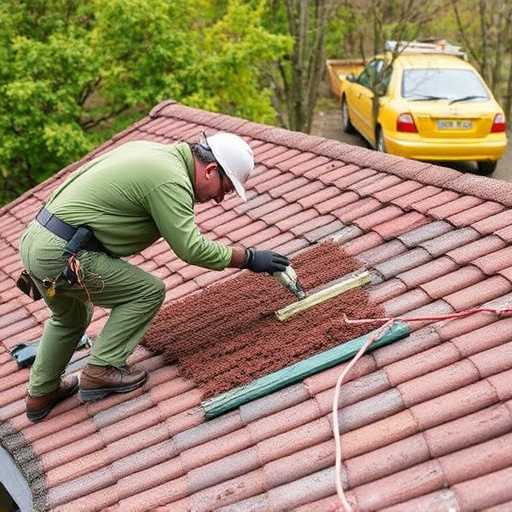
Before starting any roof installation project, a thorough assessment of the existing roof’s condition is crucial. This step involves inspecting the structure for damage such as missing or damaged shingles, leaks, or signs of wear and tear. It also includes evaluating the scope of work, considering factors like the age of the current roofing material, local weather patterns, and the specific requirements for the new roof. A comprehensive assessment ensures that the installation process is efficient and any necessary repairs are addressed upfront, thereby reducing delays caused by unforeseen issues.
By accurately assessing the condition of the roof and defining the scope of work, homeowners and commercial property managers can better plan and prepare for the roof installation project. This preparation includes coordinating with reliable home service solutions, sourcing high-quality materials, and scheduling labor effectively. Moreover, understanding the extent of the work involved helps in budgeting appropriately and managing expectations, ensuring a smoother transition to a new or repaired roof without delays caused by missteps or inadequate planning.
– Obtaining Necessary Permits and Understanding Local Regulations
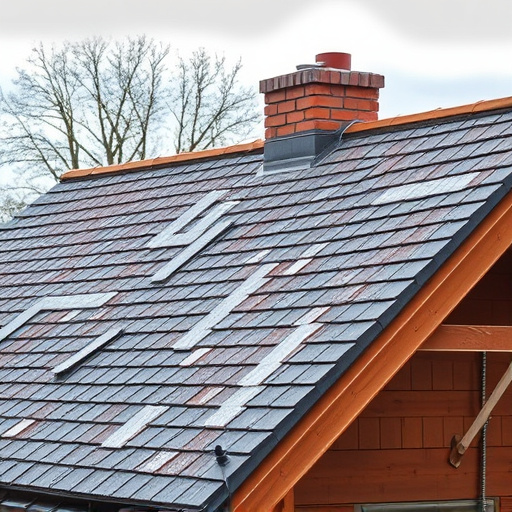
Before starting any roof installation project, it’s crucial to understand local building codes and regulations. These rules exist for a reason—to ensure safety, structural integrity, and aesthetic consistency within communities. Obtaining necessary permits is not just a legal requirement but also a step that can prevent delays down the line. Each municipality has its own permit process, so be prepared to allocate time for applications and potential inspections.
Researching local regulations will help you avoid unexpected issues during or after your roof installation. For instance, some areas may have specific requirements for roofing materials, drainage systems (like siding and gutters), and ventilation. By ensuring compliance from the outset, you minimize the risk of work being halted due to permit violations, allowing your project to proceed smoothly and on schedule.
Efficient roof installation projects require thorough pre-installation planning. By assessing the roof’s condition, understanding the scope of work, and obtaining necessary permits to conform to local regulations, you can significantly minimize delays. This strategic approach ensures a smoother process, saving time and resources for all involved parties. Remember, proper preparation is key to a successful roof installation.








